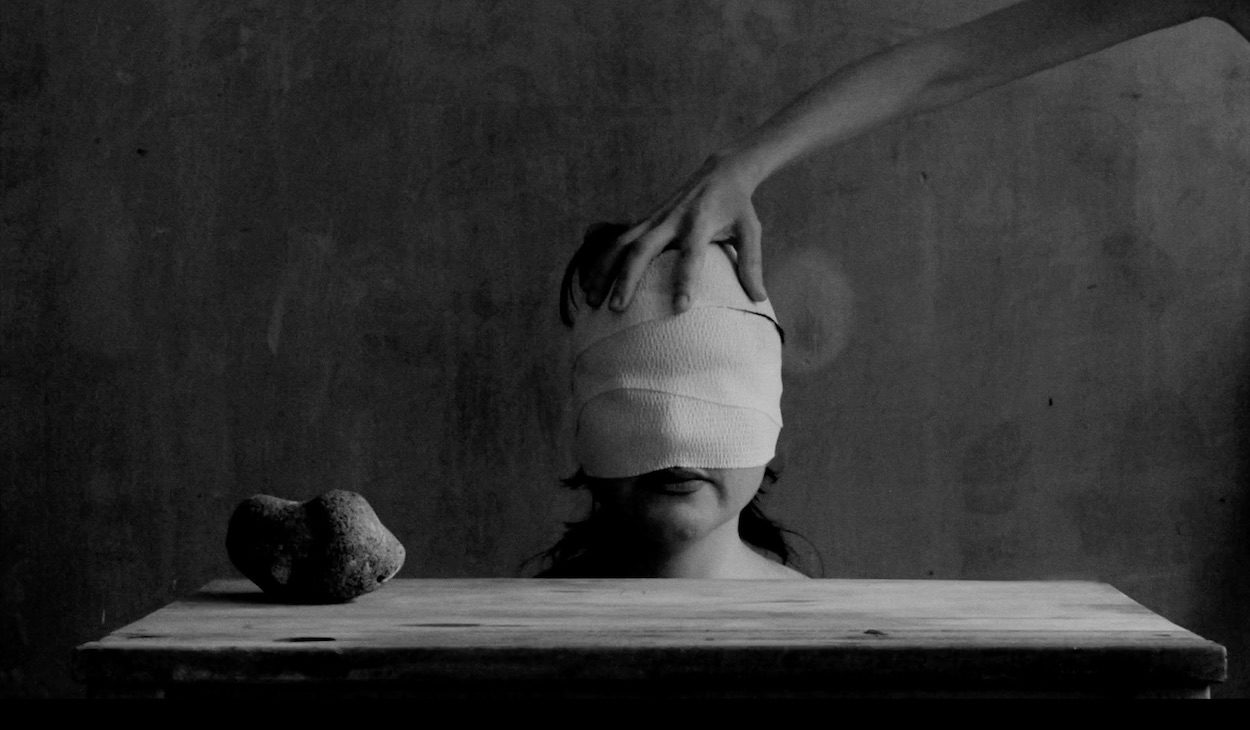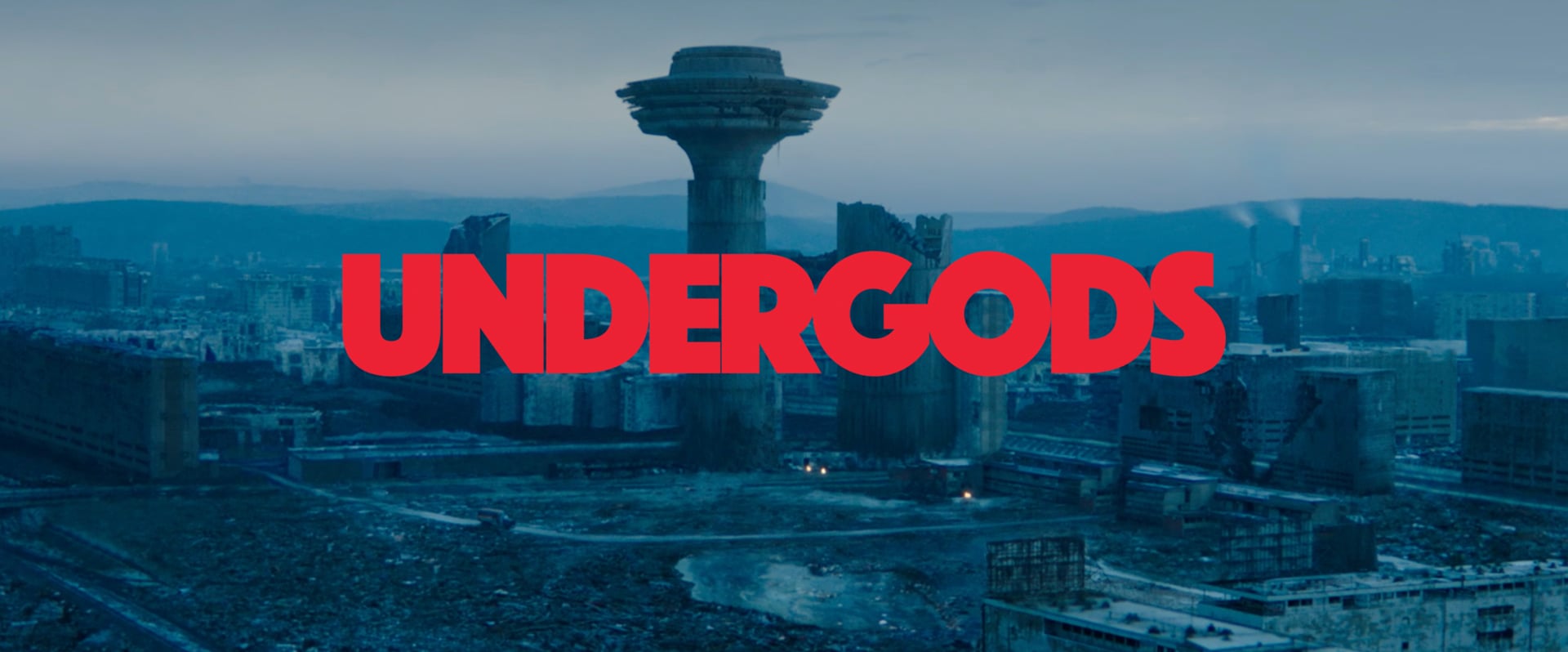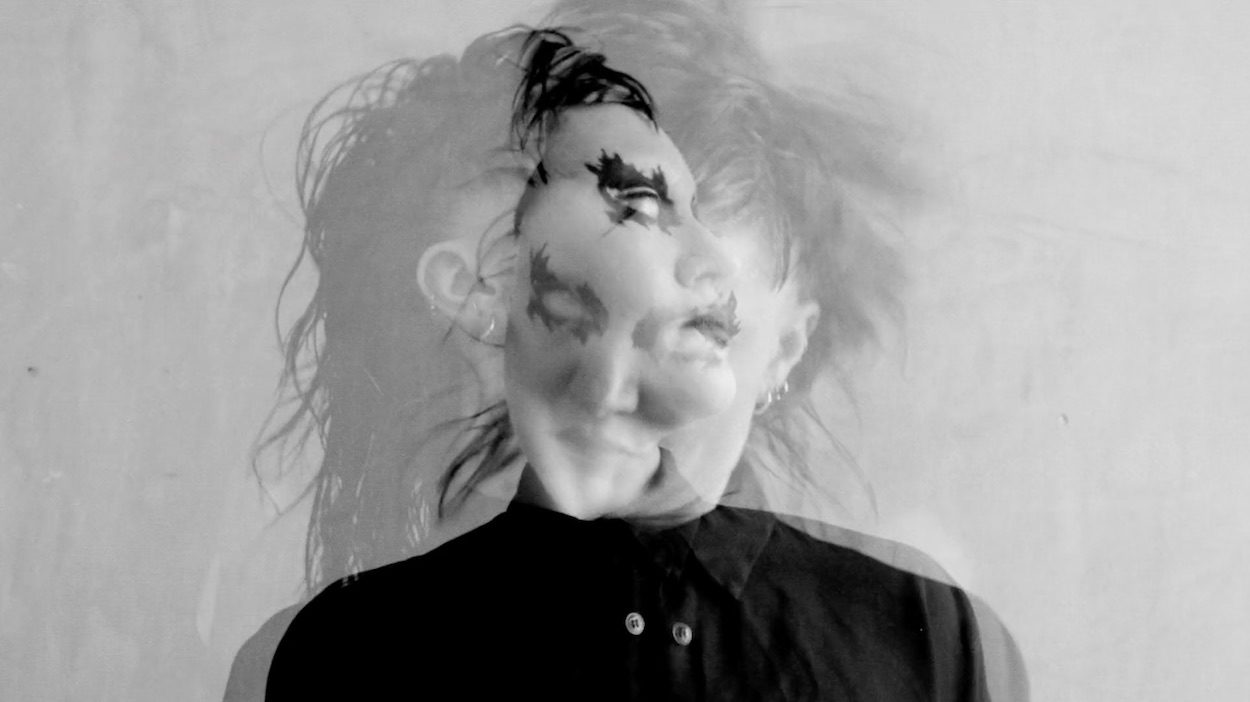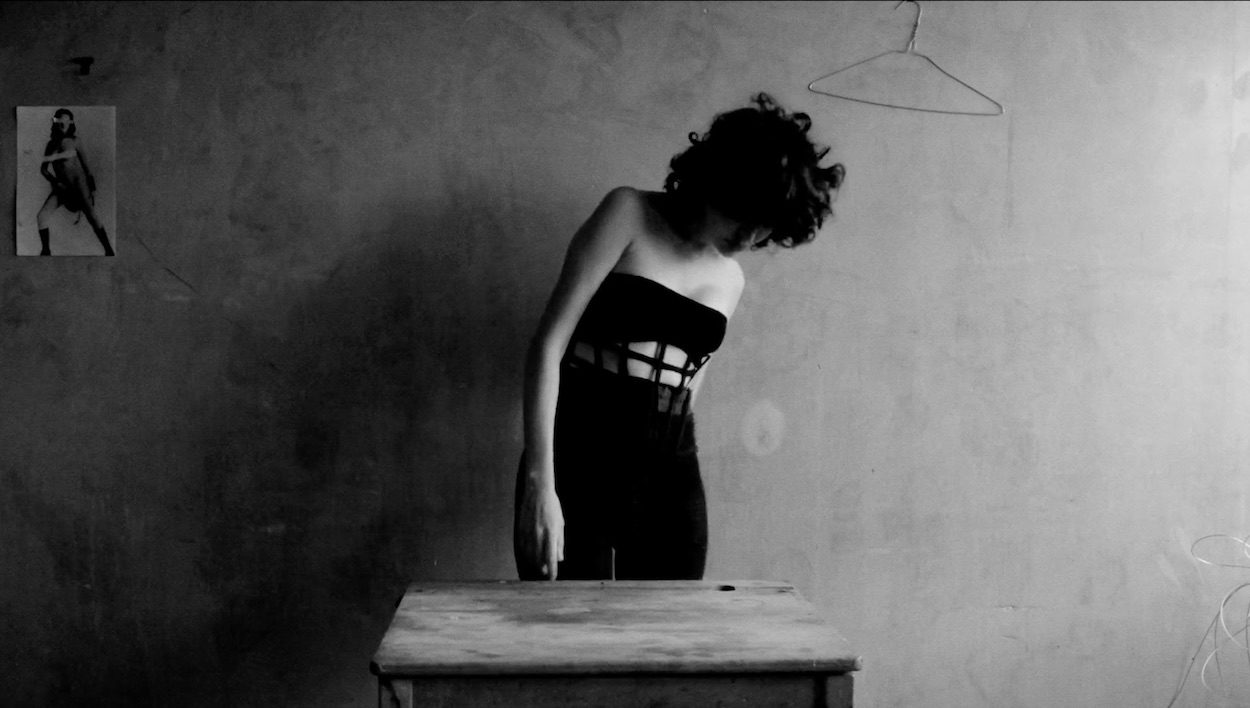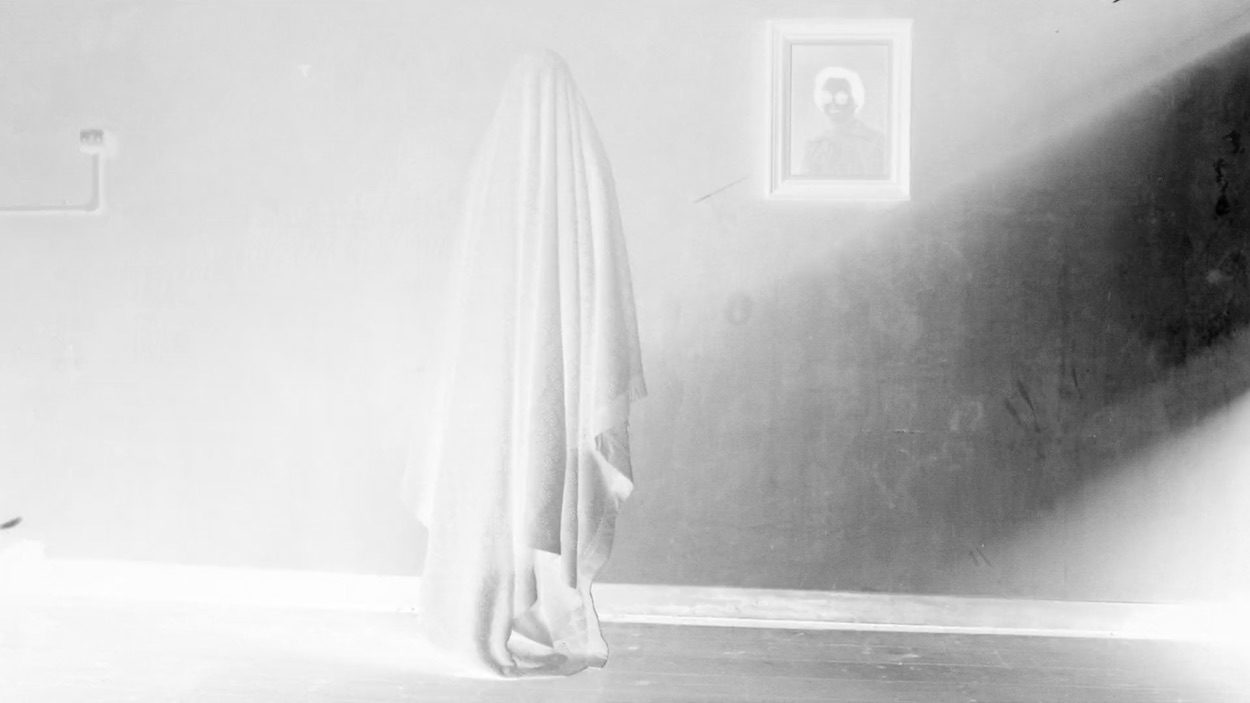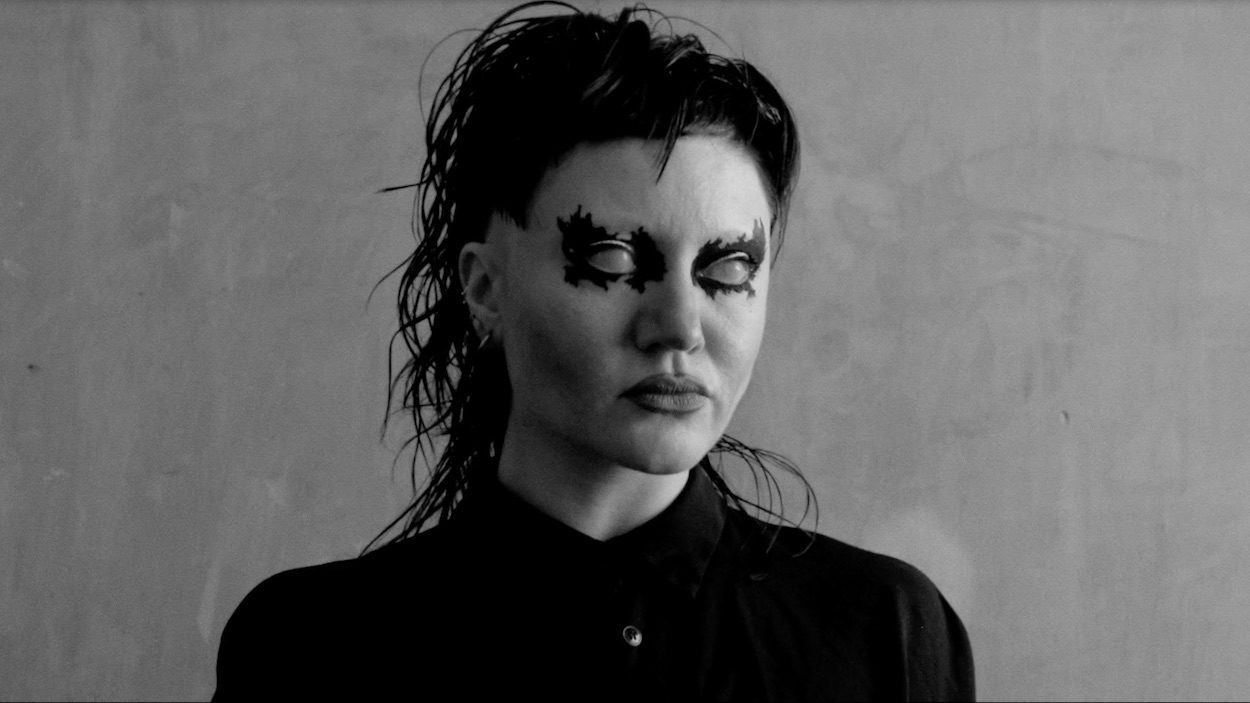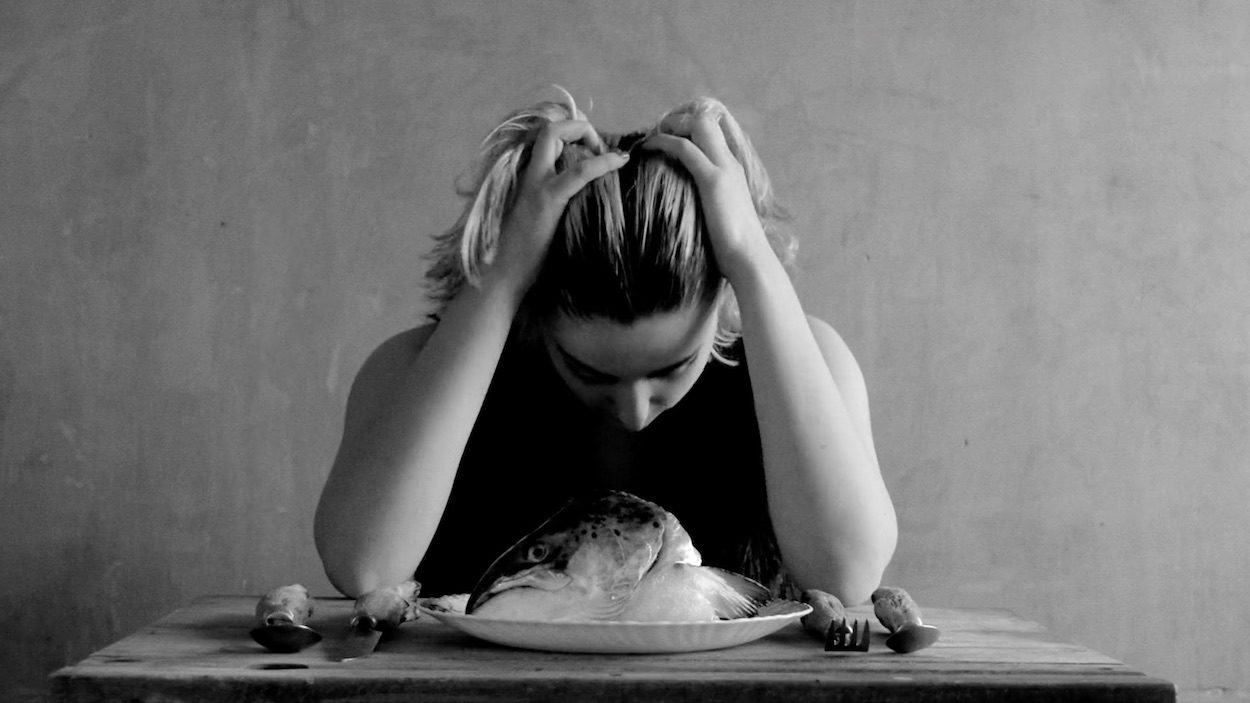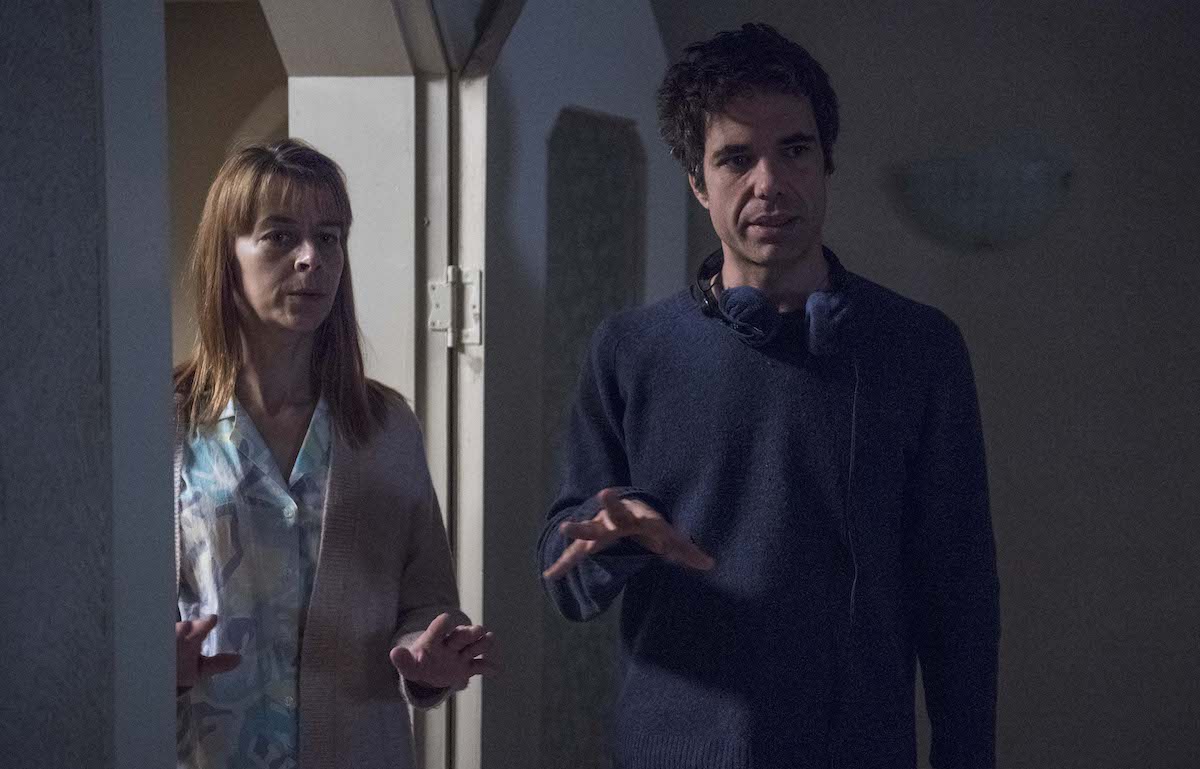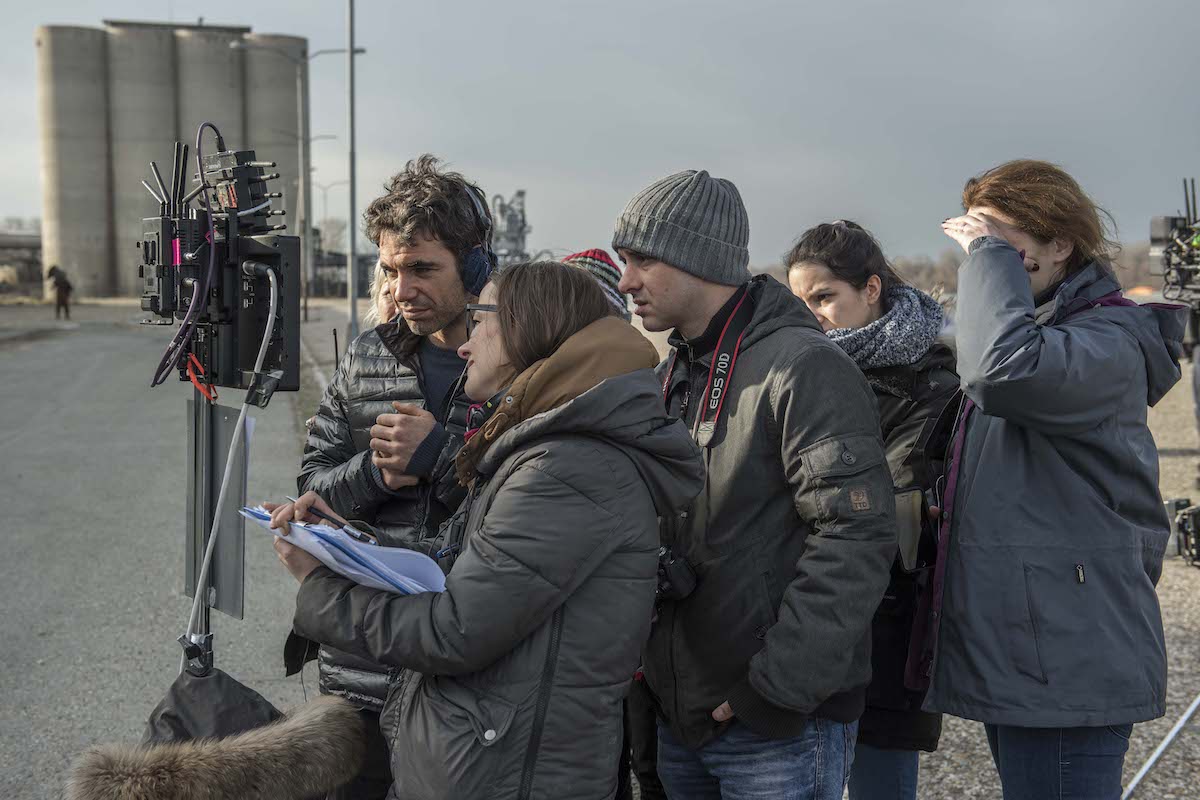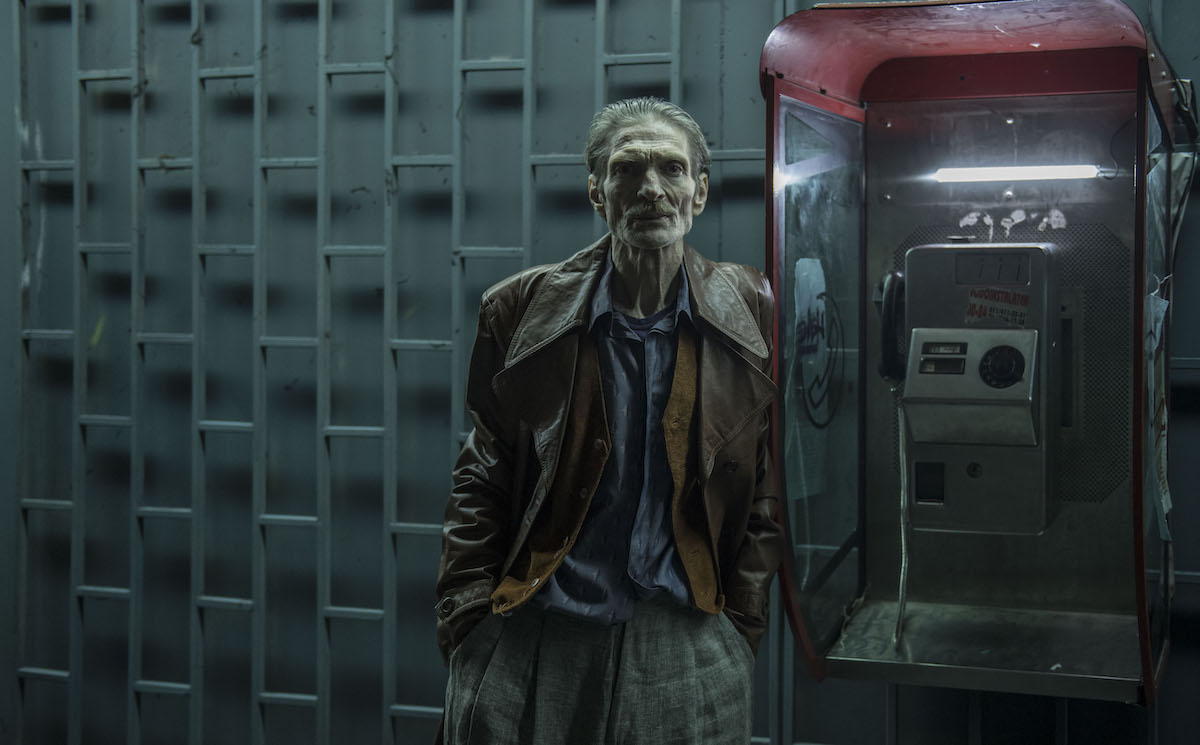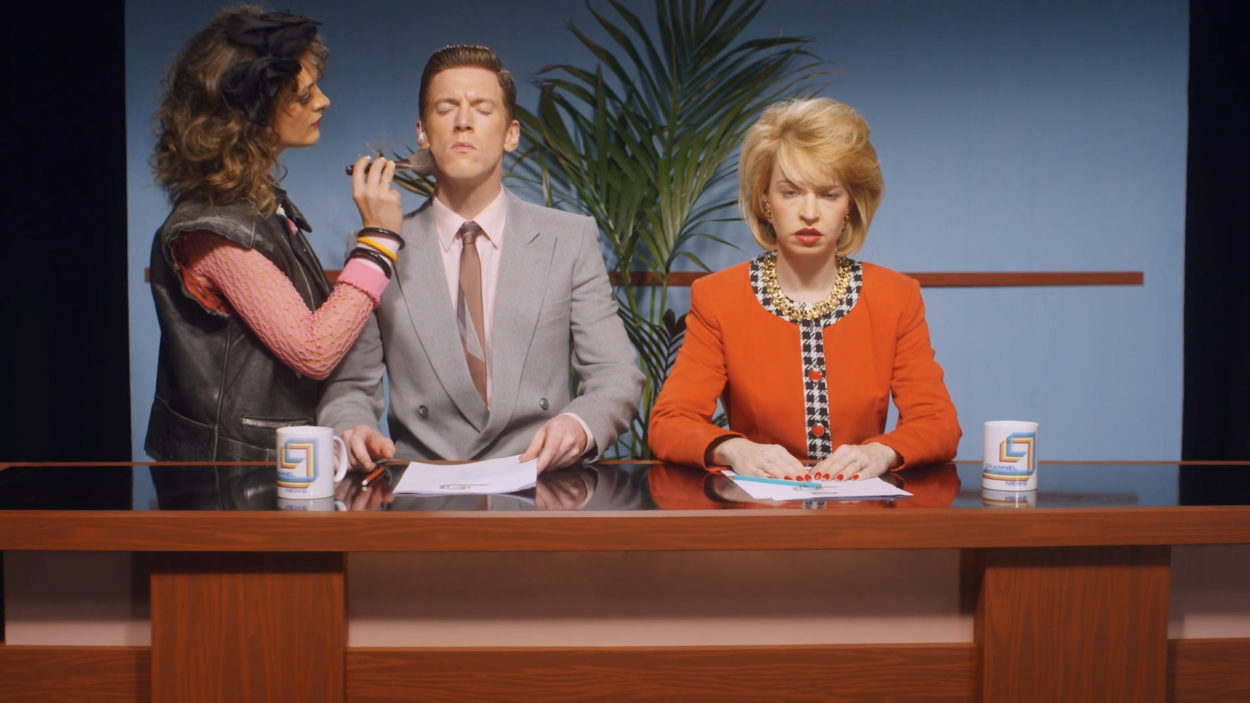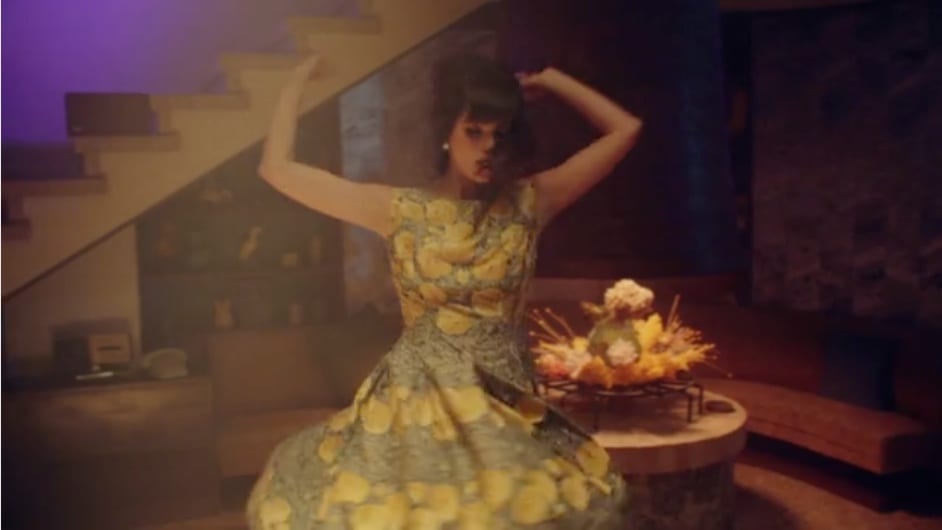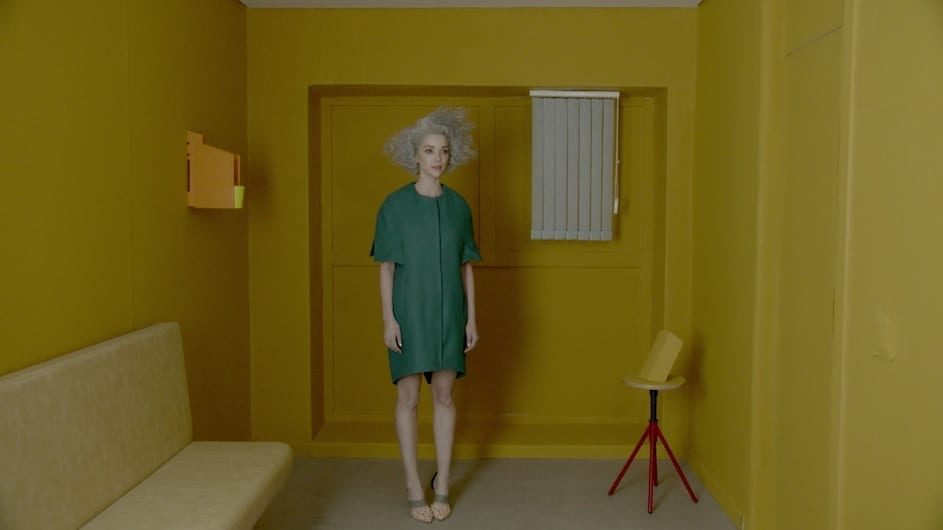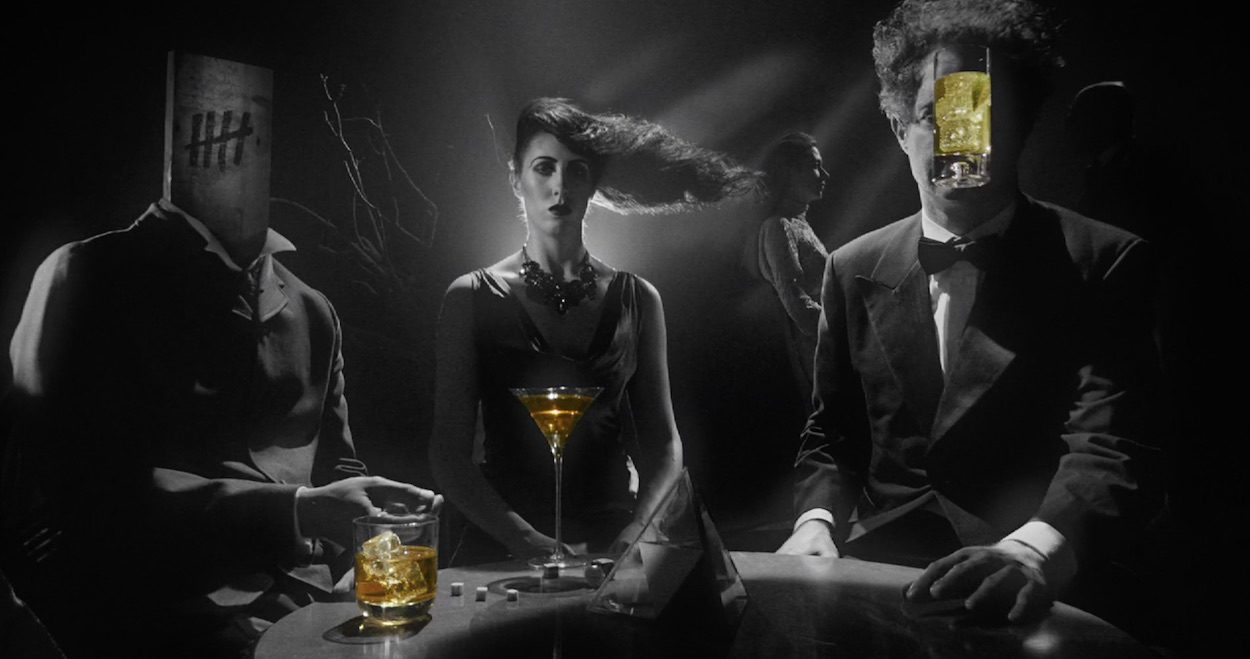Directing Undergods
What was your childhood like in Madrid? Were you always interested in film and do you come from a creative family?
I think it was a happy childhood. I grew up in a time of a lot of political instability, when crime was rampant in Madrid and there were even coup attempts, but at the same time there was this sense of complete freedom and hope after coming out of forty years of dictatorship. We kids were allowed to roam unsupervised in the streets and we could watch pretty much any films we wanted. So I binged on horror films like Carpenter’s The Thing, The Exorcist and The Shining from the age of six.
My father is an academic and an essay writer and my mum worked as a civil servant in various capacities. She was married to a publisher and journalist, so there were always a lot of books around in both of my parents’ houses. My parents were very social and open- minded – artists and filmmakers used to hang out at home, so I guess, in a way, I grew up in a creative environment.
You grew up during a troubled period in Spain’s history – the years immediately after Franco’s dictatorship had ended, when democracy wasn’t yet established. How do you think this has shaped your approach to directing and the themes you are drawn to?
It was only through the process of pitching my upcoming feature to funding bodies and institutions that I realised how much the period of my early childhood had influenced my later work. I was born in a liminal historical period, right after forty years of dictatorship and right before the beginning of a free-market Western-styled democracy. And it feels that most of my work gravitates around totalitarian societies or capitalist nightmares, which mirrors the historical transitional period of my childhood.
Chino and crew, Undergods
Surrealism plays a prominent part in your work, most famously in your Drambuie ad, Extraordinary Bar. When did you first become interested in surrealism, and who or what are your biggest influences?
I’ve been interested in dream narratives and parallel realities from an early age. I’ve always liked painters like Giorgio de Chirico or Ives Tanguy, but also low-brow forms of surrealism like late 70s and early 80s album and sci fi book covers.
The images of lonely figures standing in the middle of an empty flat landscape have always had a strong appeal to me. If you travel through central Spain where I grew up and where the novel Don Quixote was set, you can often see lonely cypress trees and pointy church towers emerging from these very vast flat arid landscapes that resemble the work of surrealist painters. Spain has a strong tradition of surrealism from Buñuel to Dalí that also probably has to do with some absurd humour that is deeply ingrained in Spanish culture.
The idea of the future – particularly a dystopian one – is another recurring theme across your reel, from music videos like Years and Years’ Eyes Shut to your recent feature film, Undergods. As a director, what’s the process for building these alternative visions of the future?
I tend to think of the background story for the world I’m creating. It normally stems from a real historical period, which at some point took a different turn and evolved into an alternative reality with a specific political and socio/economic system in place. With this in mind, I create a set of rules that apply to people’s behaviours, the architecture, the clothes and the interiors that are easy to communicate to the different departments.
Undergods feels like an incredibly ambitious project for a first-time feature, in its scale and craft, the range of characters, and their complex overlapping narratives within the story arc. Was making a feature something you’d always dreamed of, and how long had the concept been bubbling away for in your mind?
I got into film because I wanted to make features. The work that got me into directing professionally was a 20-minute section of a feature film I did on my own with a mini-DV camera that I intended to expand into a feature. I never found the money I needed to complete the rest of the film, but through showing that piece around I got offers to do commercials and music videos. The process of making Undergods was about five years from the time I started writing the film to the end of the final mix.
Undergods
Did the shoot pose any unique challenges for you as a director? Did it push your filmcraft in any new or exciting directions?
It posed endless challenges: directing actors, working on 360 environments, keeping the audience’s interest alive throughout 90 minutes, working in the same single project for a number of years… And the list goes on!
I think that making a feature teaches you things that you don’t necessarily learn in commercials or music videos, like the ones I mentioned above, and I think I’m definitely a different director to the one I was before.
And what are your favourite aspects of the finished film?
After spending so much time working on this film, I have some kind of emotional attachment to it, almost as if it was my child, so I’d be betraying some aspects if I favour them over other ones. But I think, in general, I really like how the characters are portrayed by the actors and the overall tone and atmosphere.
Undergods
Your new promo for Deep Tan is a story of supernatural possession: from the eerie figure moving under a blanket and the blind white eyes of the band members, to the jerky camera cuts and monochrome palette. What drew you to the project, as your first piece of work after Undergods? Where there any specific horror films or artistic references that you drew on?
A few months ago, my friends from Deep Tan asked me if I wanted to make a music video for their new single. Their music is great, they have a lot of attitude and they’re very open minded – the perfect ingredients for making a good video. But as they are a very indie band, there was zero budget. I was excited to shoot with just the help of a couple of very helpful and talented assistants without the need for hiring HoDs or expensive equipment, as I haven’t done that since my early days as a director. So the only HoD besides me was D-Fran, an amazing editor that Martin Rocker (the head of my production company Black Dog) put me in touch with. He was seriously good at infusing the video with a lot of cool energy even though we worked remotely due to lockdown restrictions.
In terms of references, I looked at the work of the Vienna Actionists which is the closest you can get in contemporary art to horror. I also went through a few old ‘70s books I have on the occult and the paranormal, but as we had a clear direction for the video and it was only us on set, we made up as we went along most of what you see on screen.
What kinds of storytelling opportunities are you hoping to tackle in future commercial (or personal) projects?
I’m developing a couple of new features and hopefully I’ll shoot some more short-form pieces in the meantime. But I’ve been also trying to work on other media, and wrote a comic book that my friend Tal Brosh illustrated and got published a couple of years ago, plus I’ve been working on a long photography project that is similar in tone to some of my film work.
Interview by Selena Schleh
Watch Undergods
Instagram: Undergods
Chino Moya website
Repped by:
Music Videos UK: Black Dog Films
Commercials:
UK: RSA
Spain: Garlic
Film and TV:
UK: Curtis Brown
US: Macro
